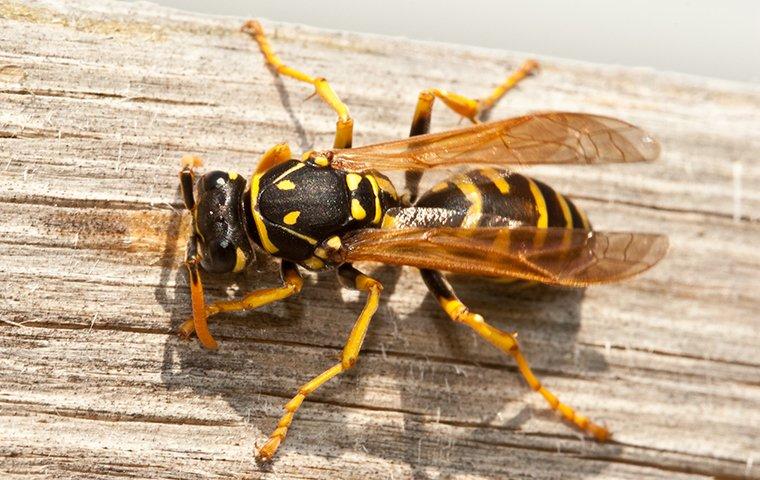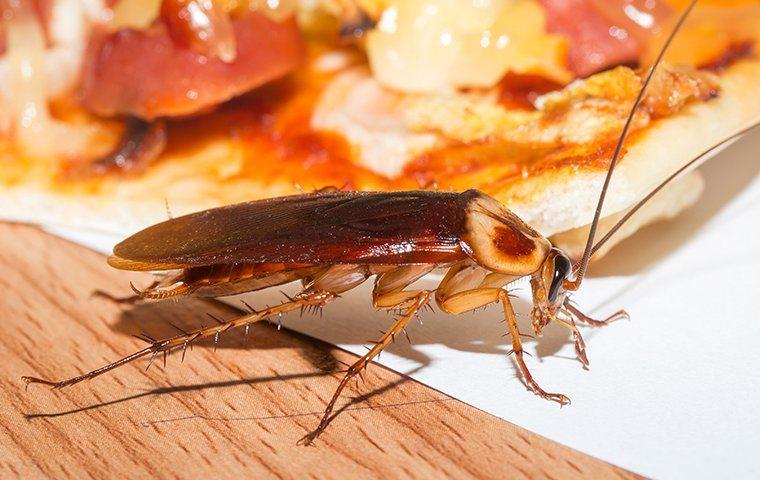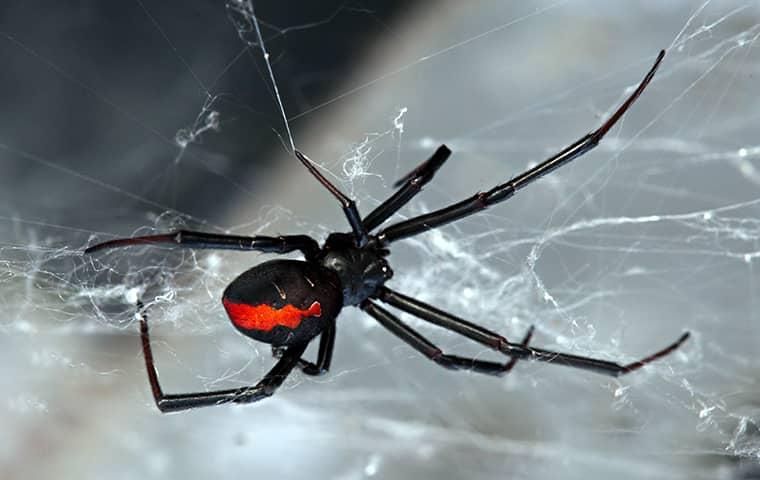What's The Difference Between Wasps & Hornets & How Do I Keep Them Out Of My Lakeside Yard?
Mar 31, 2020
We hear so many stories about encounters with wasps and hornets, like the one about a little girl who climbed up the side of a swingset in her backyard, not realizing that wasps had taken up residence inside the top pipe, which was missing its end cap. Or the one about a little boy who was walking through the wooded area at the back edge of his backyard, swinging a stick through the vegetation, and accidentally hit a ground nest of yellow jackets. These encounters happen far too often. One reason they happen is that residents don't know much about stinging insects or how to keep them from becoming a problem in their backyards. Today, we will tackle the two stinging pests you're most likely to run into when you venture out into your Lakeside yard: wasps and hornets.

Is It A Wasp Or A Hornet?
A hornet is a type of wasp. But it can be a little confusing to figure out what actually makes a hornet a hornet. Some experts will say that it is a hornet because of its size. But the Cicada killer wasp is a giant insect that is around two inches long. Some will say that a hornet is a hornet because it creates aerial nests. But paper wasps create aerial nests. Some will say that it is a hornet because it has chemicals in its venom that cause its sting to be more painful than a typical wasp. The truth is that some wasps have been classified as hornets because they have general characteristics that are shared with other similar insects, but those characteristics aren't clearly present in all hornets. It is the same with rodents. You can say that rats and beavers are both rodents but be confused as to what makes them both a rodent—after all, when is the last time you heard about someone having a beaver infestation in their home? Classifications can be confusing. The bottom line is that wasps and hornets are both wasps, and they can sting you.
Wasps You Can Expect To See In Your Lakeside Yard
Yellow Jacket
-
This insect is yellow and black.
-
It has a fatter waist than a paper wasp.
-
It is between ⅜ and ⅝ inches long.
-
It can create aerial nests and ground nests.
-
It has a strong nest-protection instinct.
-
It is an aggressive insect that can deliver a painful sting, especially when you get too close to its nest.
-
Ground vibrations near its nest can cause this wasp to swarm.
-
It is able to sting multiple times without losing its stinger.
Bald-Faced Hornet
-
This insect is most often white and black.
-
It is between ¾ of an inch and 1 inch long.
-
It has an aerial nest that is guarded by sentries.
-
If you get too close to a bald-faced hornet nest, the sentries will ring the warning alarm.
-
It is an aggressive insect that can deliver very painful stings.
-
It is able to sting multiple times without losing its stinger.
Paper Wasp
- This insect can be brownish in color with yellow markings, or have the yellow and black coloration of a yellow jacket.
-
It has a distinctly pinched waist.
-
It is between ⅝ and ¾ inches long.
-
It creates above-ground nests made of a gray paper substance.
-
It is mostly docile when it is away from its nest.
-
It becomes aggressive when its nest is disturbed.
-
It can deliver a painful sting.
-
It is able to sting multiple times without losing its stinger.
How To Keep Wasps Out Of Your Yard
Stings usually occur because a nest develops in the backyard and a family doesn't realize it. But who has time to do routine inspections of their backyard to check for wasps? This is why professional pest control service is the best way to go. When you have routine visits from a licensed pest control professional, you don't have to think about it. We take care of it for you. At Lindsey Pest Control, we offer inspections for wasps in our residential plans, and nest removal in our Better and Best plans. We'd love to discuss your options. Drop us a line today.












